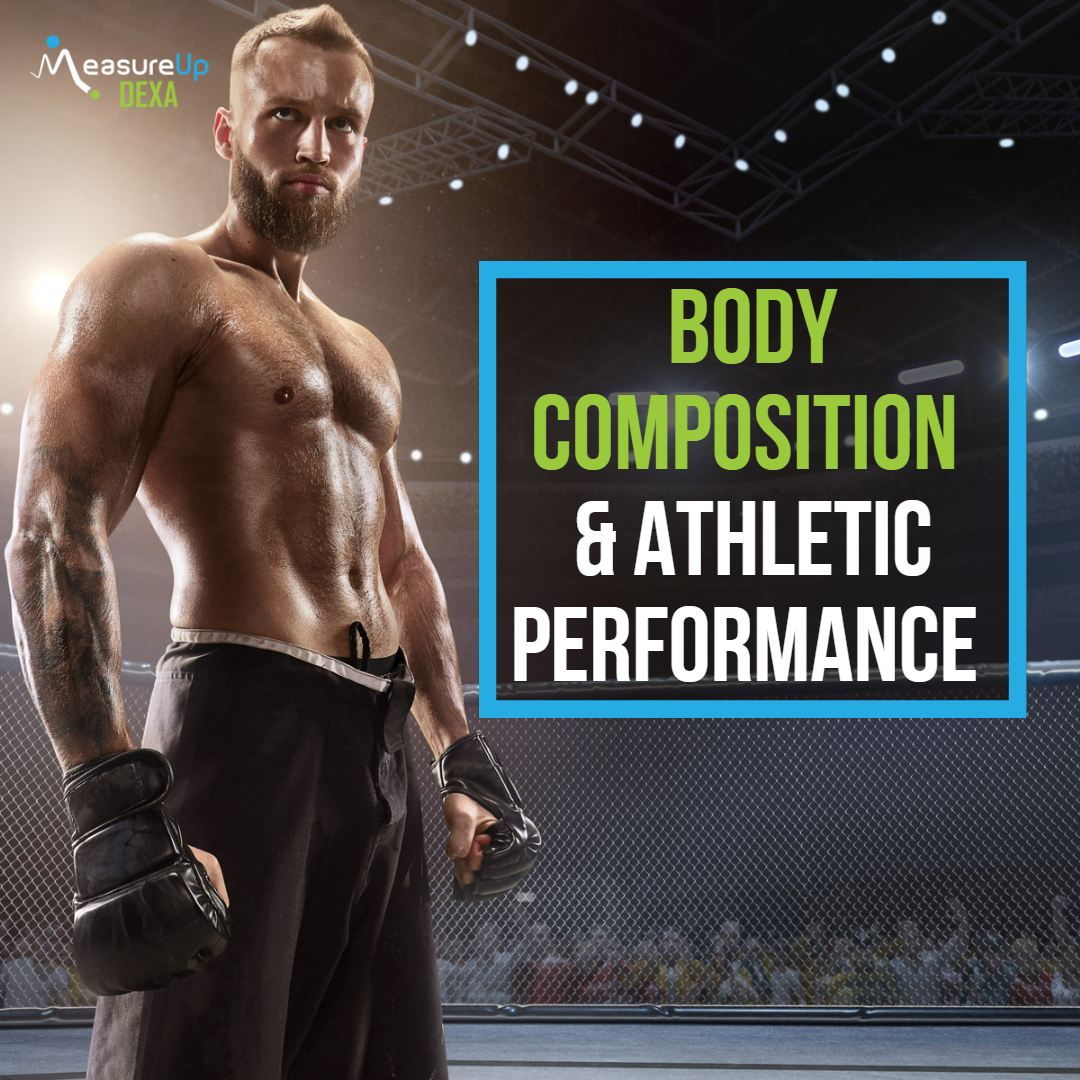The relationship between body composition, particularly the proportions of muscle and fat, and fitness performance is crucial in understanding the impact on athletic abilities. Muscle mass plays a central role in various aspects of physical and athletic performance.
Firstly, it contributes to strength and power which generates force and exerts maximal effort. Having more muscle mass allows for increased strength potential, aiding activities such as weightlifting, sprinting, or explosive movements.
Muscle tissue has a significant impact on metabolism. It is metabolically active, meaning it burns calories even at rest. Having a higher muscle mass leads to a higher basal metabolic rate (BMR), resulting in increased energy expenditure and potential weight management and can account for 20-30% of your daily energy expenditure (Argilés et al., 2016; Zurlo et al., 1990). So, in addition to aiding performance, mobility and functional capacity, muscle mass helps regulate your body composition (An, 2002; Coyle, 2006). Conversely, excessive body fat can impede performance. A recent study among medical students demonstrated a significant relationship between fat mass and physical fitness (Li et al., 2022). Excess fat adds to overall body weight, potentially slowing down movements and reducing agility. It can also negatively affect cardiovascular health and lead to decreased aerobic capacity, limiting endurance performance.
To optimise body composition for fitness and performance, it is essential to strike a balance between muscle and fat. A training program that includes resistance training to build muscle and appropriate cardiovascular exercise for fat loss can help achieve an optimal body composition. Combined with proper nutrition, including a balanced diet and adequate protein intake, individuals can work towards enhancing their muscle mass, reducing body fat, and ultimately improving their fitness performance.
Recovery is equally important in achieving optimal body composition and maximising athletic performance (Watson, 2017). Adequate rest, sleep, and proper hydration are essential for muscle repair, growth, and overall body composition management. Recovery allows the body to adapt to training stimuli, preventing overtraining and reducing the risk of injury. If your sleep is suboptimal, that is chronically less than 5-6 hours a night, it will interfere with your ability to lose fat (Irish et al., 2015; Kline et al., 2021).
If you feel your performance in the gym or on the field could be improved, improving your body composition might be the key to improving your power-to-weight ratio and thereby your performance, power, strength, and endurance!
References
An, K. N. (2002). Muscle force and its role in joint dynamic stability. Clin Orthop Relat Res(403 Suppl), S37-42. https://doi.org/10.1097/00003086-200210001-00005
Argilés, J. M., Campos, N., Lopez-Pedrosa, J. M., Rueda, R., & Rodriguez-Mañas, L. (2016). Skeletal Muscle Regulates Metabolism via Interorgan Crosstalk: Roles in Health and Disease. J Am Med Dir Assoc, 17(9), 789-796. https://doi.org/10.1016/j.jamda.2016.04.019
Coyle, E. F. (2006). Understanding efficiency of human muscular movement exemplifies integrative and translational physiology. J Physiol, 571(Pt 3), 501. https://doi.org/10.1113/jphysiol.2006.106591
Irish, L. A., Kline, C. E., Gunn, H. E., Buysse, D. J., & Hall, M. H. (2015). The role of sleep hygiene in promoting public health: A review of empirical evidence. Sleep Med Rev, 22, 23-36. https://doi.org/10.1016/j.smrv.2014.10.001
Kline, C. E., Chasens, E. R., Bizhanova, Z., Sereika, S. M., Buysse, D. J., Imes, C. C., . . . Burke, L. E. (2021). The association between sleep health and weight change during a 12-month behavioral weight loss intervention. Int J Obes (Lond), 45(3), 639-649. https://doi.org/10.1038/s41366-020-00728-8
Li, B., Sun, L., Yu, Y., Xin, H., Zhang, H., Liu, J., & Zhang, Z. (2022). Associations between body composition and physical fitness among Chinese medical students: a cross-sectional study. BMC Public Health, 22(1), 2041. https://doi.org/10.1186/s12889-022-14548-0
Watson, A. M. (2017). Sleep and Athletic Performance. Curr Sports Med Rep, 16(6), 413-418. https://doi.org/10.1249/jsr.0000000000000418
Zurlo, F., Larson, K., Bogardus, C., & Ravussin, E. (1990). Skeletal muscle metabolism is a major determinant of resting energy expenditure. J Clin Invest, 86(5), 1423-1427. https://doi.org/10.1172/jci114857


